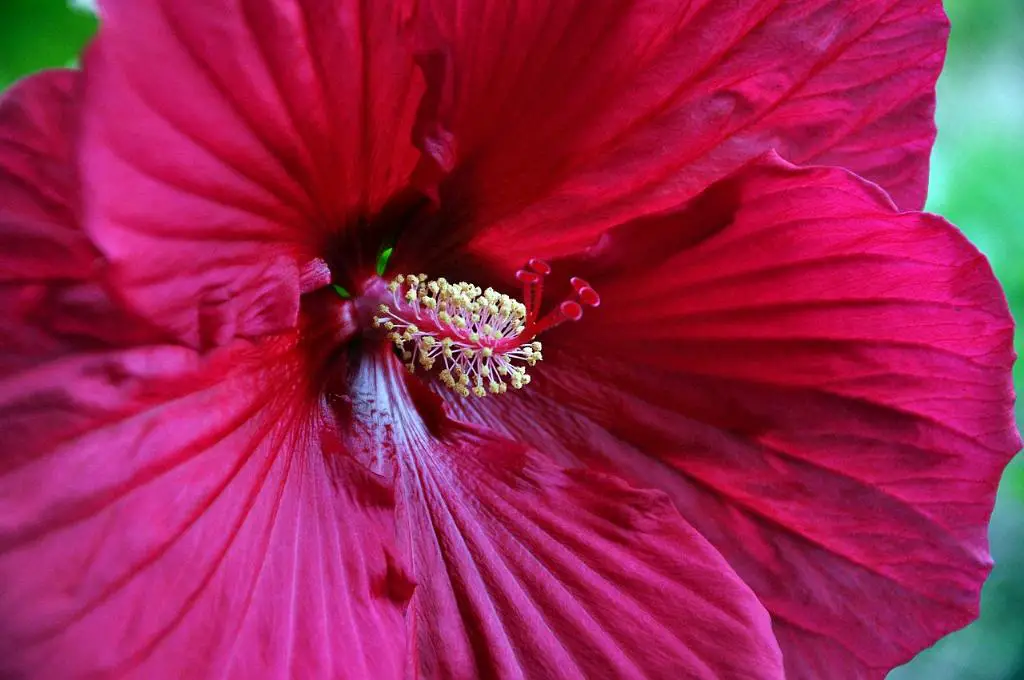Transplanting a hibiscus plant is a delicate process that requires careful consideration and timing. When thinking about when to transplant your hibiscus, the most crucial factor to keep in mind is the weather conditions. It is pivotal to wait until the ground has thawed in the spring before attempting to transplant your beloved hibiscus plant.
Springtime is widely recognized as the optimal period for hibiscus transplantation. Most horticulturists and gardening experts recommend waiting until after the last freeze of the season but before new leaves start to emerge on the plant. This strategic timing allows the hibiscus to adjust to its new location without the added stress of extreme weather fluctuations.
Furthermore, during the spring months, hibiscus plants are typically entering their active growth phase. This active growth period means that the plant is in a state of high energy, making it more resilient and adaptable to changes in its environment, such as being transplanted to a new spot in your garden.
Choosing the right time to transplant your hibiscus can significantly impact the overall health and growth of the plant. Transplanting during the spring allows the hibiscus to establish its roots and acclimate to its new surroundings before the heat of summer arrives. This preparatory phase sets the plant up for success throughout the upcoming growing season.
One of the essential considerations when deciding when to transplant your hibiscus is to assess the soil conditions. In the spring, the soil is typically moist and easier to work with, enabling the roots of the hibiscus to adjust more smoothly to their new home. Proper soil moisture is critical for ensuring the successful establishment of the transplanted plant.
While the spring season is generally recommended for hibiscus transplantation, it is vital to be mindful of the specific climate and weather patterns in your region. If you live in an area that experiences late frosts or unpredictable weather conditions in the spring, it might be wise to wait until the threat of frost has passed entirely before transplanting your hibiscus.
Timing is key when it comes to hibiscus transplantation. By waiting until the soil has thawed in the spring and the weather is stable, you provide the best possible conditions for your hibiscus plant to thrive in its new environment. This strategic approach increases the chances of a successful transplant and promotes the long-term health and vitality of your beloved hibiscus.
Ultimately, the decision of when to transplant your hibiscus should be based on a combination of factors, including the season, weather conditions, and the specific needs of your plant. By carefully considering these elements and choosing the optimal timing for transplantation, you can ensure the continued growth and beauty of your hibiscus for years to come.

